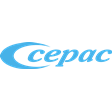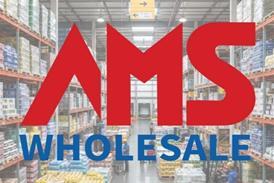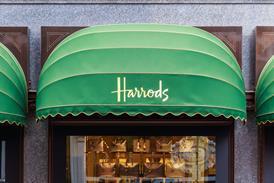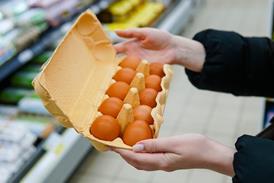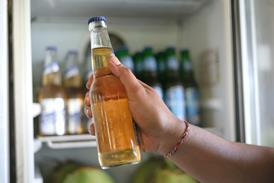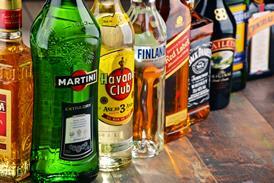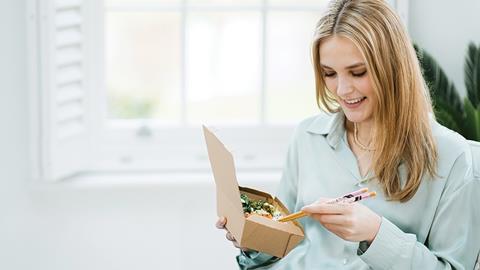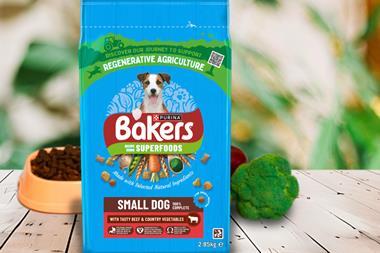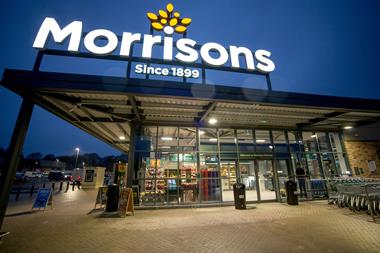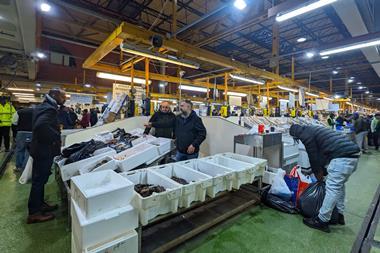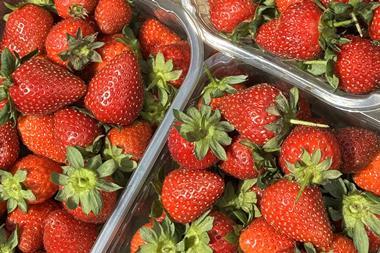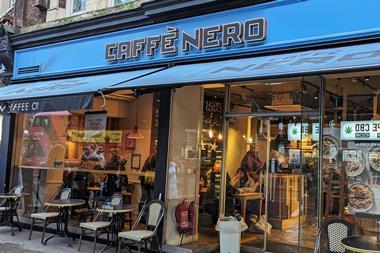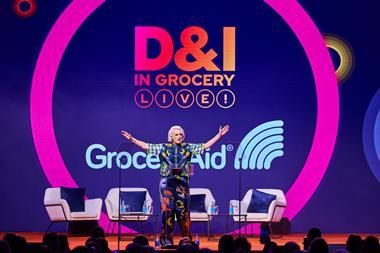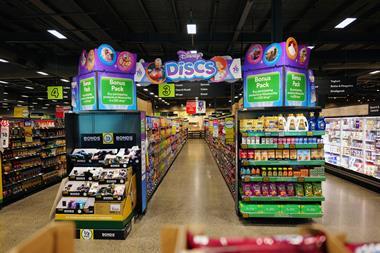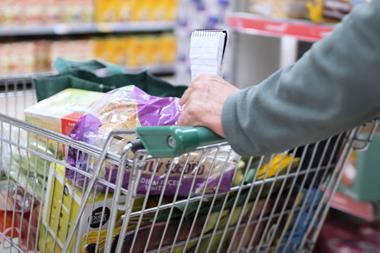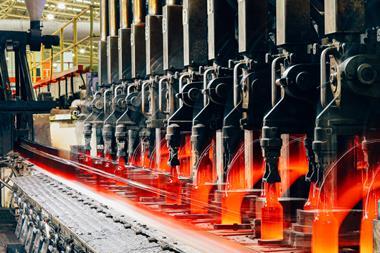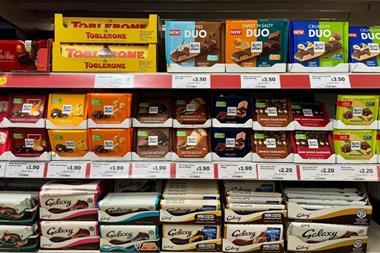As recyclability and sustainability remain top priorities for food producers, innovative cardboard packaging solutions are emerging that offer protection, branding opportunities and environmental benefits without compromising functionality.
Recyclability and sustainability continue to top the priority list for food producers when selecting packaging solutions. As a society, we face increasing pressure to reduce food waste and ensuring foodstuffs remain protected during transit, on shelves and with consumers has become crucial. Never has packaging been more important, yet companies still struggle to adapt when transitioning to preferred packaging solutions.
And with the Extended Producer Responsibility (EPR) scheme now being implemented, regulatory compliance adds another layer of consideration. For companies utilising any form of branded, recyclable packaging, EPR must be part of ongoing discussions with packaging suppliers to ensure reporting arrangements and compliance requirements are properly addressed.
For fresh fruit and produce farms, bakeries and food-to-go producers, packaging choice has never carried more weight. Consumers are as time-poor as they have ever been and with facing mounting economic pressures, are carefully considering their food purchases. The recyclability of packaging has naturally become paramount in these decisions.
Naturally recyclable and functional
Cardboard food packaging doesn’t require plastic coating to be fit for purpose, cost-effective, printable and heat-sealable. A range of compostable and recyclable barriers are available to protect product integrity.
There have been significant developments in applying water-based coatings to carton and corrugated cardboard substrates in the last few years. These barrier coatings offer multiple benefits, providing moisture, water and grease resistance while preventing unintended transfer of ink components from packaging material to food products (ink migration).
So, what does this mean for fresh food producers?
You can now utilise cardboard packaging in the form of trays, punnets, skillets and clamshells for fresh produce, baked goods and much more. Food-to-go offerings, whether through in-store merchandising or at outdoor events, can also benefit from the strength and recyclability of these cardboard solutions. These packaging solutions can be easily printed using flexo, water-based inks, providing full branding and messaging capabilities that enhance brand awareness and consumer engagement.
Well-established cartonboard solutions exist for trays and punnets and recent years have seen massive advances in corrugated cardboard applications. Thanks to its fluted structure, corrugated packaging offers ultimate protection for fruit or produce while remaining lightweight and easy to handle. Additionally, corrugated packaging performs excellently in production line environments, running efficiently at high speeds on erecting and filling machines.
Made from FSC-certified papers, these trays are easily recycled in the household recycling system. Available in a range of sizes and configurations, including flanged trays that can be sealed with lidding film, they keep fresh produce secure and protected during transit.
For packaging fresh produce, baked goods and food-to-go items, corrugated cardboard solutions deserve serious consideration.
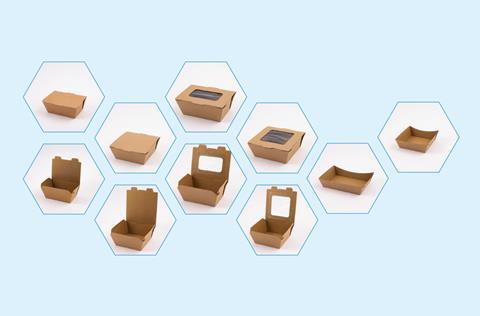
Industry changes and consumer demand
Food producers are beginning to move their packaging to fiber-based solutions. Beyond legislative requirements, active consumer interest is driving producers to adopt more recyclable and circular packaging options. However, this shift presents challenges as producers must balance packaging functionality with sustainability goals. The packaging serves as more than just a container, it must be user-friendly, protect the product inside, offer convenience and maintain brand identity throughout. While everyone wants easily recyclable packaging, it must remain fit for purpose.
According to the European Federation of Corrugated Board Makers (FFEFCO) up to 75% of all packaged goods transported today utilise corrugated packaging. Its unique structure provides strength while maintaining lightweight properties and cost-effectiveness. Corrugated packaging efficiently protects goods from vibrations, impact, shock, temperature variations, dust, dirt, sunlight and theft, even across long distances.
The introduction of the new European-wide Common Footprint Quality (CFQ) standard ensures that every corrugated tray bearing the CFQ stamp meets strength requirements for safely transporting fruits and vegetables, guaranteeing they arrive at their destination in optimum condition.
Paper and board achieved an impressive 82.5% recycling rate in recent years. This recycling rate exceeds targets set in the Packaging and Packaging Waste Directive and demonstrates the industry’s ambition to reach the next target of 85% by 2030, established by the European Commission.
Used corrugated packaging has been recycled effectively for decades, supporting the well-established market for recycled paper as secondary raw material. Remarkably, 88% of new corrugated packaging content comes from recycled fiber, reducing the need for virgin fiber and protecting natural resources. This creates a win-win situation for both food producers and consumers.
To learn more about how Cepac experts can help your business, visit: https://www.cepac.co.uk/
Or contact: Chris Ford, sales director: Chris.Ford@cepac.co.uk
